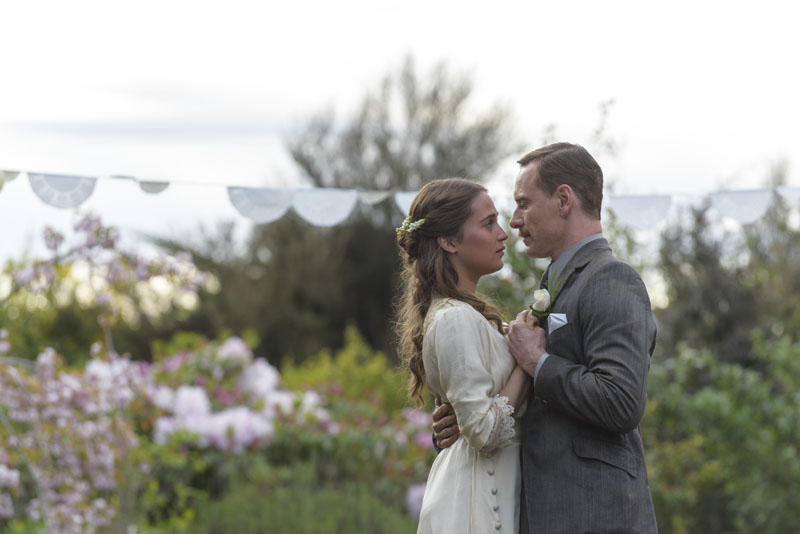I have decided to base my review of Derek Cianfrance’s film, The Light Between Oceans, purely on my experience of its viewing alone: everything that happened before I saw the film and in the hours preceding it that could have influenced my opinion of it will not be taken into account. The hunger, the queues, the traffic, the staff – the whole package. I have not researched the director, nor the production team behind this film, the novel this film is based on or its author. Despite my interest in the exuberance and theatricality of the score, all I have to satisfy my curiosity is the name of composer Alexandre Desplat.
I sat in the Lighthouse cinema on October 4th with a scone graciously given to me by the cinema staff perched on my armrest. Altogether, I was contented. I had not been frazzled in finding my way to the Light House Cinema, as I often am. I was familiar with the basic premise of the film, that of the love between a man and a woman, set near or around a lighthouse. I knew Michael Fassbender would be wearing breeches. I had high-ish expectations, and although a drama set after World War I was not the remedy I required at that moment – 10.30am on a Tuesday – I decided to give it a go.
I respect the artistry and vision that created The Light Between Oceans, and the score lends an epic theatricality to the film. There seemed to be an attempt to shape the story to follow suit. In this regard, there was a disconnect between the grandeur of the music and tender scenes caught on camera. The entire film is subtle but heartbreakingly beautiful. “Ah, such is life”, it seems to be saying in a thick French accent. The cinematography treats us to a feast of sunsets, sexy lighthouse shots and rugged ocean – a visual mood board that simply promises romance.
The film focuses on the period after first few weeks of an ultimately tragic relationship. The artists explore whether this love can survive the difficult times, which may or may not include finding a dead man and a baby adrift in a dinghy, adopting the child, then meeting the baby’s grieving mother and being forced to give her up. “Ouch” doesn’t cover it. Judging by her film repertoire, it amuses me to think that leading lady, Alicia Vikander, has it written into her contract that she must take to a writing desk situated near natural light at least once per film. My heart broke for her more than once during her ordeal and story captures the entire breadth of a couple’s life, justifying its epic portrayal.
Despite its many successes, while watching the film, I was frowning and squinting – all the muscles between my chin and my forehead that could be tensed were working hard. I was not calm throughout the film. Something had me on the edge of nervousness. Maybe having seen the trailer, I was expectant of doom to befall our joyful couple, although I admit I’m often anxious for misfortune to descend upon any protagonist. Nevertheless, it did not make viewing the film an enjoyable experience.
I saw an almost subliminal message between the eaves of this work. So, life throws dead men and babies at you. It always will. Life is about the dead men and babies. There is always beauty beneath the scum.







